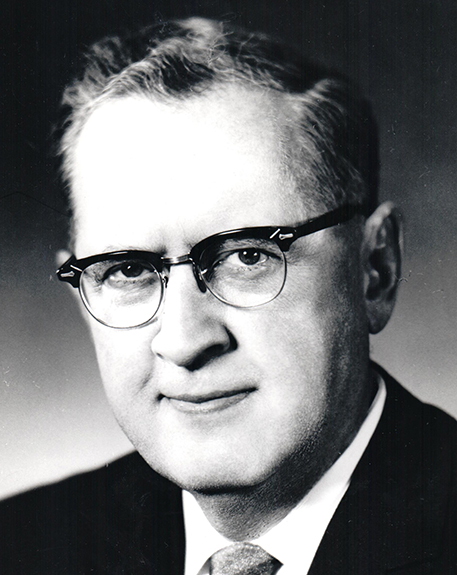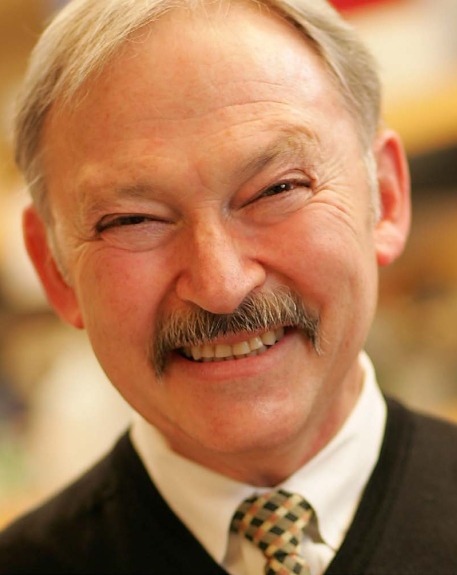2004 INDUCTEE James Till, PhD Cells, Genetics & Genomics, Leadership in Organizational Development, Cancer
August 25, 1931
(Lloydminster, Saskatchewan )
May 18, 2025
PhD, Yale University (1957)
2018: Edogawa-NICHE Prize
2010: Canadian Science and Engineering Hall of Fame
See All AwardsAwards & Honours:
2018: Edogawa-NICHE Prize
2010: Canadian Science and Engineering Hall of Fame
2006: Order of Ontario
2005: He and Ernest A. McCulloch were awarded the Albert Lasker Award for Basic Medical Research
2001: R.M. Taylor Medal, National Cancer Institute of Canada and Canadian Cancer Society
2000: Fellow of the Royal Society of London
1994: Officer of the Order of Canada
1993: Robert L. Noble Prize, National Cancer Institute of Canada
1991: Thomas W. Eadie Medal, Royal Society of Canada
1969: Gairdner Foundation International Award
1969: Fellow of the Royal Society of Canada
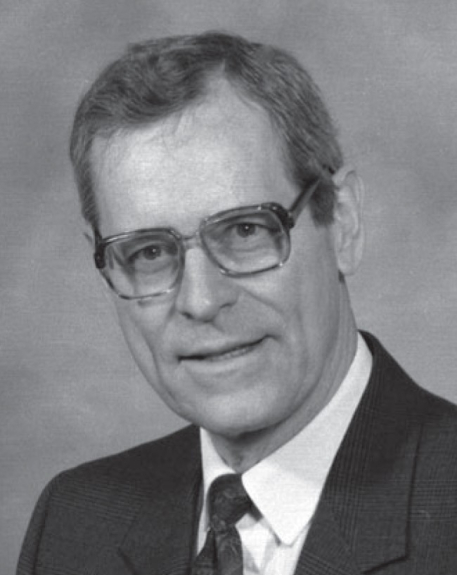
With Ernest McCulloch, jointly discovered haematopoietic stem cells, paving the way for contemporary stem cell research
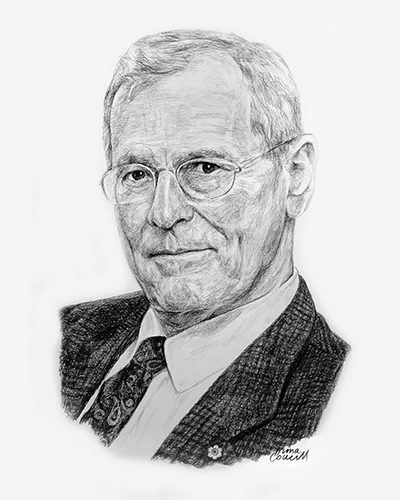
A pioneer in biomedical research
A pioneer in biomedical research James Till and Ernest McCulloch stunned the scientific world with their discovery of transplantable stem cells. Their ground-breaking study of the radiation sensitivity of normal mouse bone marrow cells in 1961 established, for the first time, a quantitative method to study individual stem cells in adult bone marrow. In collaboration with Dr. Lou Siminovitch, a trailblazer for molecular biology in Canada, they went on to prove that marrow cells were capable of self-renewal. Together, Till and McCulloch made many contributions to the understanding of normal and abnormal blood cell development as stem cells revolutionized the treatment of cancer and laid the foundations for regenerative medicine.
Ernest McCulloch and James Till were jointly nominated and inducted into the Canadian Medical Hall of Fame.
Key Facts
Their work informs the current interest in harnessing stem cells for therapeutic purposes
Completed pioneering basic research in other biomedical areas in defining the radiation sensitivity of cells
In later years, his interest turn to quality of life research, clinical studies, and medical ethics and became known as an innovator in quality of life research
Served on many national and international committees and in numerous leadership positions, including at the University of Toronto and the National Cancer Institute of Canada
Designated as University Professor by University of Toronto, a title only given to one per cent of faculty members
Professional timeline
Impact on lives today
It has been argued that virtually every development in modern hematology research and therapy can be traced back to the quantitative stem cell assay developed by Till and McCulloch. The concepts they developed and their rigorous descriptions of the properties of stem cells set the framework for all future stem cell research and innovation. For example, in 2010 Dr. Derek Van der Kooy used stem cells to restore sight to blind mice. Today, the expansive impact of their legacy is perhaps best reflected in the annual Till & McCulloch Meetings sponsored by the Stem Cell Network. Established in 2001 this meeting remains Canada’s premier stem cell research conference, bringing together over 400 delegates to discuss the insights Till and McCulloch inspired decades ago.
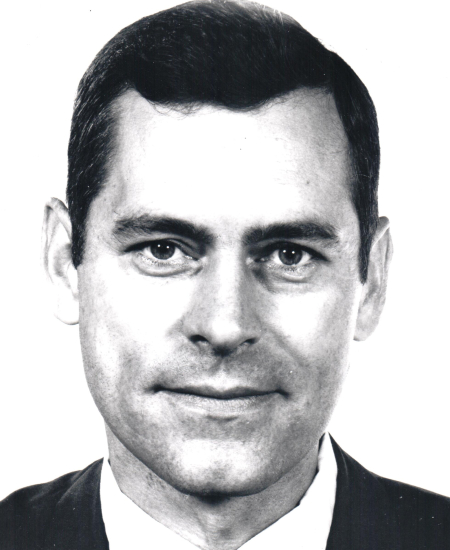
2025
-
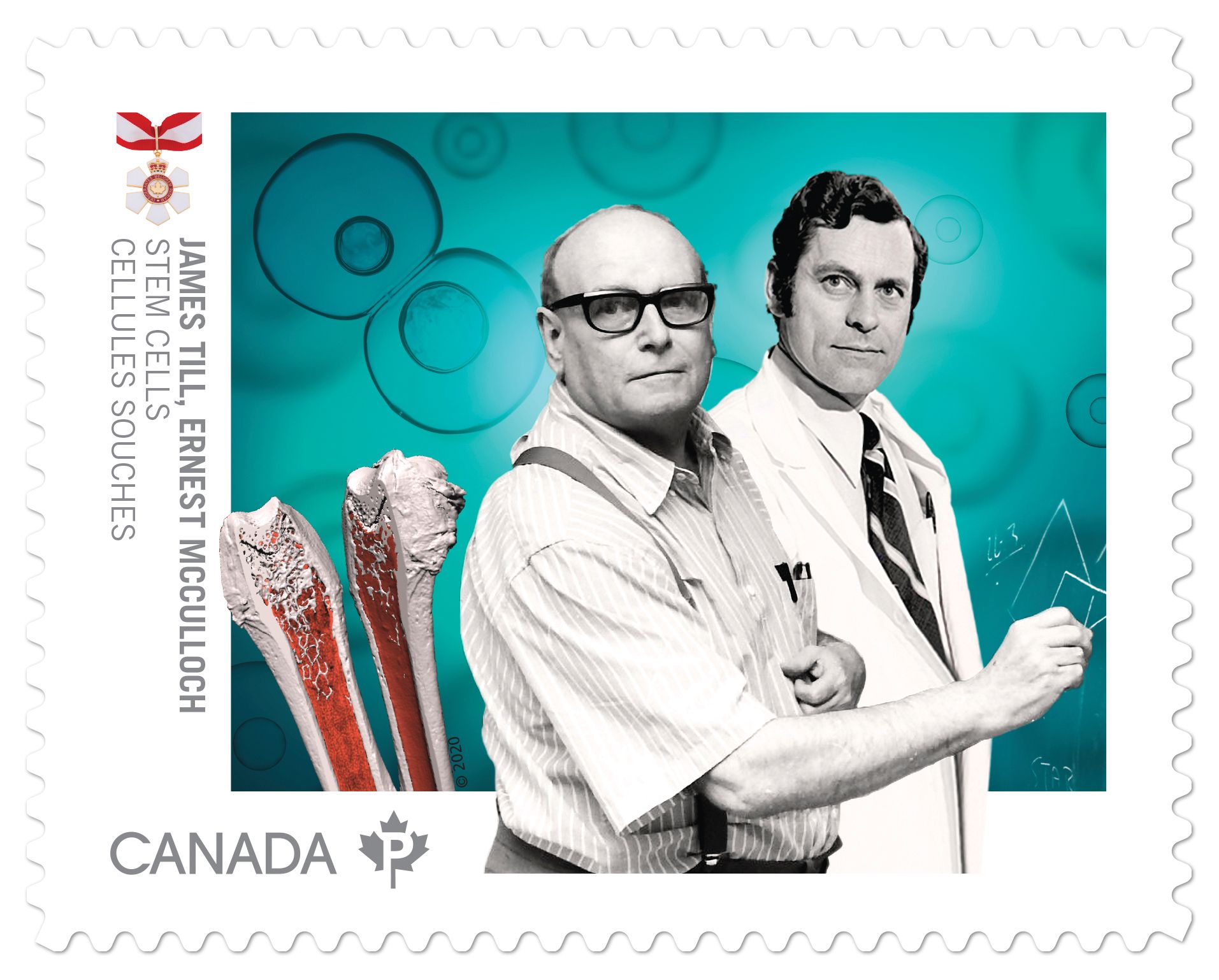
Canada Post issued five stamps honouring six Canadian physicians and researchers whose discoveries have saved lives and revolutionized patient care around the world
CMHF Laureates, Drs. Bruce Chown, Julio Montaner, Balfour Mount, Vera Peters and James Till and Ernest McCulloch were honoured in this stamp series.
-
Till and McCulloch published “Perspectives on the Properties of Stem Cells”
Cells, Genetics & GenomicsThe article discussed the future possibilities for the use of stem cells.
-
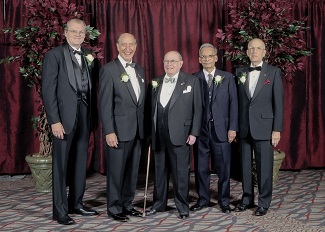
James Till inducted into the Canadian Medical Hall of Fame
Ottawa, Ontario
-

Till remained committed to stem cell research and took of new leadership roles in health research
Leadership in Organizational Development, Cells, Genetics & GenomicsIn 1989, Till was appointed Chair of the Joint Task Force on the Future Needs for Biomedical Research in Canada. Later, in 2001, He became chair of the Knowledge Management Committee of the Stem Cell Network.
-
Dr. Till’s sphere of research expanded
CancerHis areas of interest included quality of life research, clinical and epidemiological studies, research ethics, decision making behaviours of cancer patients and those at high risk of cancer, and the influence of the Internet as a source for information, support and advocacy.
-
Till and McCulloch published their findings in "Nature"
Cells, Genetics & GenomicsIn the article, Till and McCulloch demonstrated that spleen colonies arose from a single cell.
-
For the next 15 years, Till and McCulloch pursued stem-cell research.
Cells, Genetics & GenomicsIn particular, they explored stem cells’ ability to produce multiple kinds of cells. Their research also pointed to the possibility of isolating viable stem cells.
-
Till and McCulloch published their original paper describing stem cells in Radiation Research
Cells, Genetics & GenomicsIt was the first paper to demonstrate that normal cells had a radiation sensitivity almost identical to that measured for numerous tumour cells in vitro and had an major influence in theories of radiation sensitivity.
-
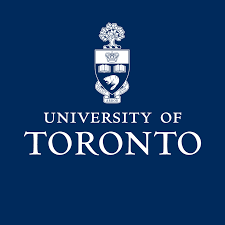
Dr. Till joined the University of Toronto
After completing his BSc and MSc in physics at the University of Saskatchewan her undertook some of his early work with Dr. Harold Johns. Later, a postdoctoral fellowship brought him to the University of Toronto in 1957 where he was recruited by Dr. Johns to work with the Ontario Cancer Institute at Princess Margaret Hospital.
1957
He has a remarkable intellect with boundless enthusiasm.

